Japan is a country with so many worth places to go. For the first time, most visitors are only interested in some famous places such as Tokyo, Kyoto or Osaka. But Japan has a lot of interesting things more than that. From cities covered with cherry blossoms, the famous Mount Fuji, to small villages with unique nuances unmistakable anywhere. You can exploring Japan with just 7 days, enough to visit 2, 3 major tourist cities. Or 2 weeks (until the visa expires) to travel more, or spend a whole month to travel across the beautiful Japan. In order to have a full meaning trip and especially to ensure the budget does not exceed too much, you need a very details plan and preparation.
- 7 days in Japan itinerary: Suggested 1 week in Japan itinerary for what to do in Japan for 7 days
- The ULTIMATE Uji travel guide: Top attractions, best things to do in Uji Kyoto, Tips & MORE
- Kyoto itinerary 5 days: How to spend 5 days in kyoto perfectly?
- 19+ best sightseeing spots & most beautiful places to see in Japan: Mountains – Forests – Seas – Cities
- The ULTIMATE Gifu travel guide: Top attractions, best places to visit, stay & MORE



So, is Japan worth visiting, how to visit Japan, what to do in Japan and how to plan a budget trip to Japan for the first-time perfectly? Let’s check out our Japan travel blog (Japan blog) with the fullest Japan travel guide (guide to Japan, Japan tourist guide, Japan city guide, Japan guide) from how to get to Japan, best places to visit, best time to come, what to eat as well as top things to do in Japan to help you maximize your trip as follows!
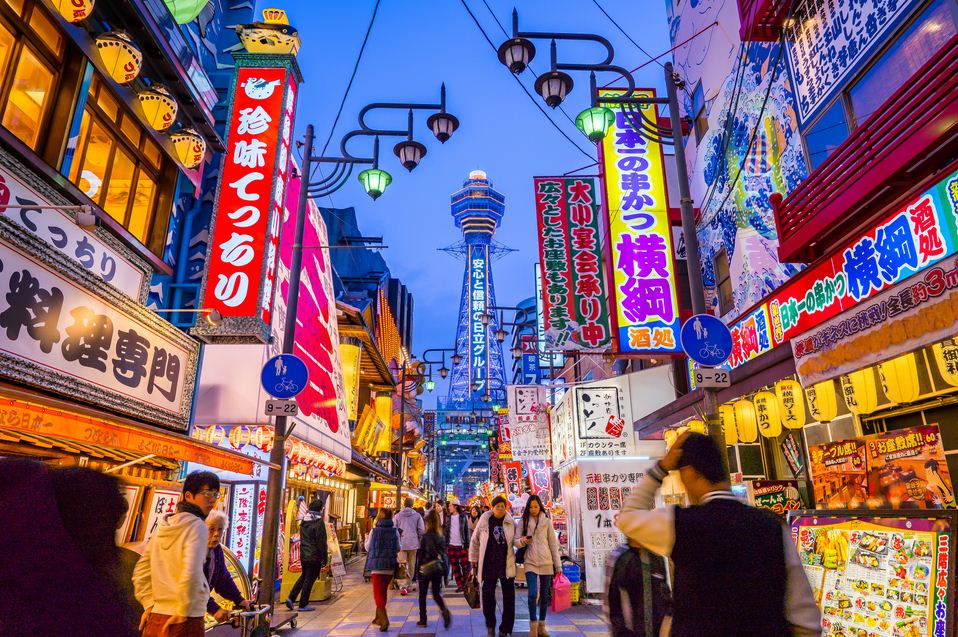

Japan travel guide: Making a feasible itinerary when traveling to Japan
Honestly, to going to all the beautiful spots in Japan can take several months. With a normal visa period of only 15 days for Vietnamese tourists you will have to consider the places to go, the places must visit.

Japan is inherently a collection of many isolated islands in the ocean, with some largest main islands and many small islands surroundings. There are many tourist destinations in Japan, the most famous are still Tokyo, Osaka, and Kyoto. But there are also many other places from north to south, from Sapporo in Hokkaido region in the North to Toyama, Kanazawa, Fuji Mount, and Hakone in central Japan. The South also is plenty with Kobe, Himeji, Fukuoka, Hiroshima, Okinawa…




If you only have 7 days in Japan for the first time traveling, you can choose a simple itinerary with 3 big cities including Tokyo, Osaka, and Kyoto with a 7-day JR Pass (We made a 7-day itinerary here). If you have more time with 10 days, you can consider to explore more nearby areas such as Mount Fuji area near Tokyo, or Kobe, Nara, Himeji near Osaka. Or it is more simple, if you are decided to travel multiple times, each time is about 7-10 days, you should explore each region for each time with the JR Pass for that region, do not go too far to avoid paying high travel costs. We also made a 10-day itinerary here.



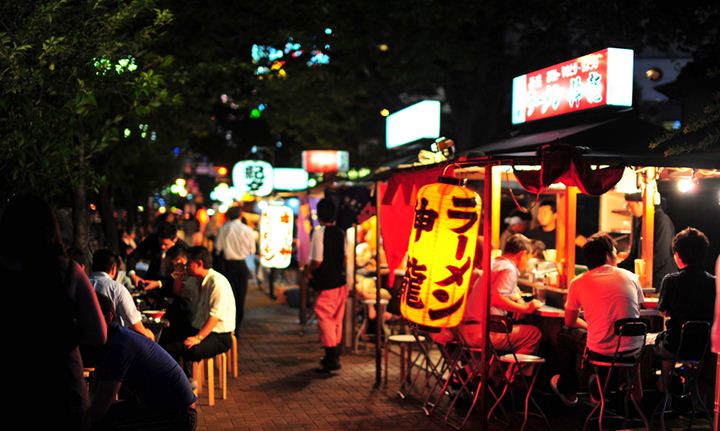
The best itinerary still is traveling for 15 days, actually it is not too long, but it is enough. Please refer to my 15-day trip itinerary to Japan here.
Japan travel blog: When is the best time to visit Japan?

In Japan, there are many festive seasons and tourist seasons, each with a different feature. Traveling in each season means you will choose for yourself a unique and different time which only that season own in that year. If I love photography, I would only divide Japan into two separate seasons: Cherry blossoms season and red leaves season (momiji season).

Spring – Cherry blossom season lasts from March to May
This is the time for cherry blossoms – Sakura blooms throughout Japan, from the coastline regions to the high mountains. However, the cherry blossoms only bloom most strongly in about 20 days from the end of March to the middle of April every year. You should watch the cherry blossoms forecast in Japan to update frequently.
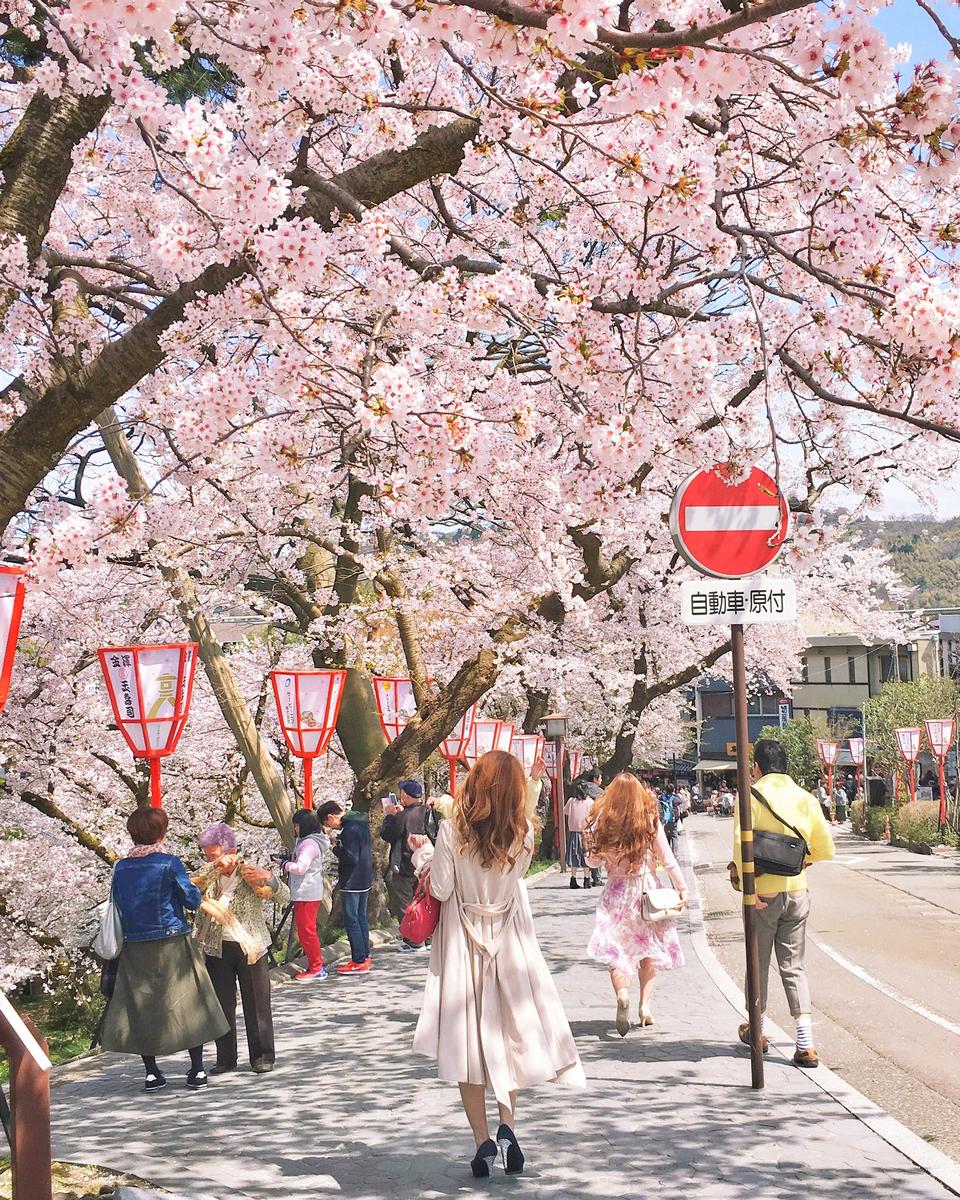
This is also the peak tourist season in Japan. Tourists from all over the world flock to Japan, extremely crowded, sometimes you have to hustle and jostle, very tired. At the end of March it was still very cold, and cherry blossom usually only bloom when it started to get warmer. Cherry blossom festivals are held everywhere.

Summer from June to August
This is a period with quite hot weather, with it rains a lot. You might consider to participating in a number of festivals such as fireworks, Mount Fuji climbing. In addition, going on vacation this season is also very interesting with many cool locations in high mountains and dreamlike beaches.

Fall from September to November
The season of red leaves (momiji) usually begins in October, the scenery is full of romance that any lovesick lover must flutter. If you are a photography enthusiast, this is a time not to be missed, the forests are filled with red leaves like colorful paintings.

Winter from December to February

Although the weather is quite harsh in this season, visitors less coming to Japan. But this is the time for those who want to feel a Japan with tranquility, drowning in thick white snow. You can choose this time to skiing, choose the resorts in the high mountains for restingn, onsen bathing – a specialty of Japan.
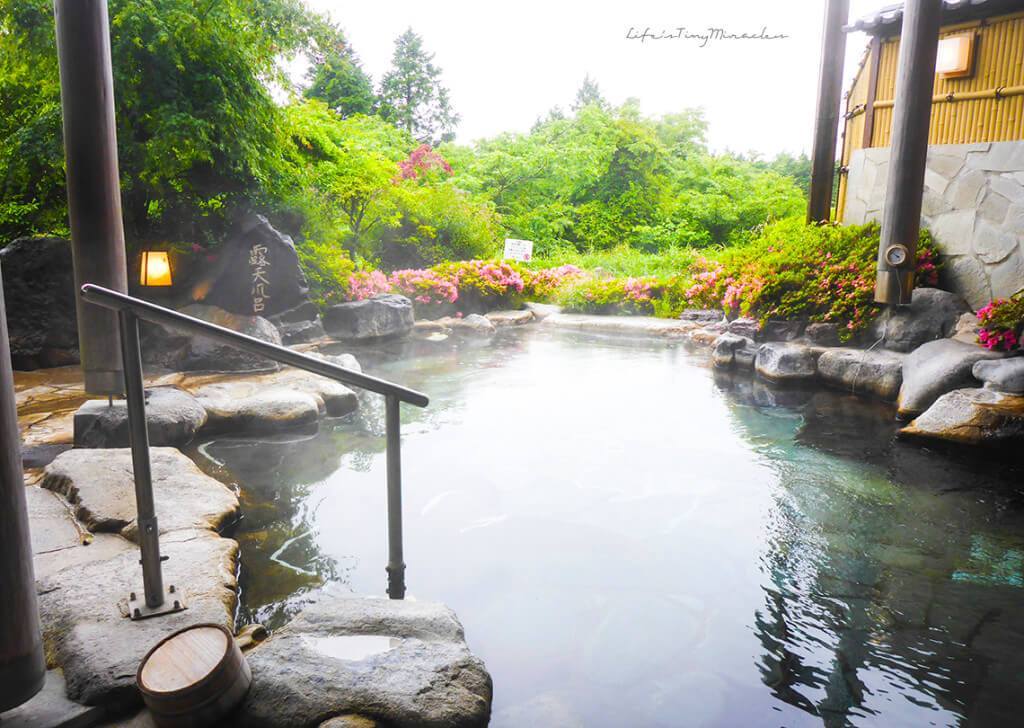
Japan guide: Flying from Vietnam to Japan
First you need to determine which city to fly to in Japan first on your journey. There are 2 major cities that flights from Vietnam or other cities in the world to the most are Tokyo and Osaka with Narita and Kansai airports respectively. If you are planning for an itinerary to go to both cities, you can choose roundtrip tickets to one of these two cities, buy JR Pass to travel to the two cities and it only takes 3 hours.

There are many airlines operating the flying routes between Vietnam and Japan, the most popular ones are Vietnam Airlines (VNA) and Vietjet. VNA air tickets are generally quite high, around $430 – $860/round trip. During the peak season when cherry blossoms, the tickets are even higher.
If you want buy cheaper airfares, you can consider flying with Vietjet. If you are lucky enough to hunt for cheap tickets of $0, the round trip tickets to Tokyo or Osaka and are only about $172 – $215/roundtrip. Another tip is that you can wait until the departure date and go to the travel forums, hunt for tickets of those who have bought cheap tickets and resell. Usually, those who have purchased cheap tickets for a long time but have could not get visa and they wishing to resell.

Japan travel guide blog: How to getting around Japan?

Firstly, you need to find out an overview of Japan’s transportation. Travel in Japan is very convenient between provinces and major cities with railway system spread throughout the country. Just like in Europe, Japan has the following basic types of trains:
- Shinkansen bullet train (Super high speed train): The train travels between provinces and major cities in Japan with speeds up to 320km/h.
- High speed train transports passengers between provinces/cities.
- Regional train (local train): Traveling around a region or between localities around a certain province.
- Train in the city: Metro, subway travel in a certain city (will be more detailed guide in articles sharing travel experience of each specific city)

That are about the types of trains, but also you need to know that the cost of travel in Japan is extremely expensive. If you come to Japan and only stay in one city, no need to worry. But if you go with an itinerary of 7-10 days, each city stays for 2-3 days, you should consider buying Pass (day ticket) that is not limited travel in a region or the whole of Japan.
Using the JR Pass when traveling in Japan

JR Pass is a type of train ticket of Japan that is sold only to foreign tourists (holding a non-Japanese passport). Visitors can use this pass to travel across Japan using the high speed trains, slow trains with validation in the pass without limited travel times.
Read more about the JR Pass here: JR Pass — Top 11 things about Japan Rail Pass you need to know.
How to buy JR Pass?

You can buy it right in Vietnam through the authorized distributor of JR Pass. Depending on the number of days you traveling in Japan, or the number of days you plan to use the pass for optimal selection, select the JR Pass type (7-day, 14-day and 21-day passes with prices of $267, $429, and $549 respectively) ). After payment is completed, the seller will deliver the “exchange order” to your home.

After flying to Japan, you will bring this Exchange order to the JR Pass counter at the airport to exchange for a hard card. The effective date of the Pass will be decided by you, depending on your schedule.
You can also buy JR Pass in advance with cheaper price here: JR Whole Japan Rail Pass (Consecutive 7, 14, or 21 Days).

My trip lasted 15 days, so I bought the 14–day JR Pass. With this pass I can use a lot of long routes, and also the local trains, regional trains, .. wherever there is the JR line is jumping up. Which can be listed here as:
- Osaka: Take 2 times from Kansai Airport to the city center and back, take the JR train from Osaka to Kobe, Himeji and return.
- Kyoto: Take the train from Osaka – Kyoto, from Kyoto to Arashiyama bamboo forest. There is JR line in Kyoto, so you can access many attractions with the JR Pass.
- Takayama: Take the train from Kyoto to Takayama (not Shinkansen but this is a very long route).
- Tokyo: Take the Shinkansen from Kanazawa to Tokyo. From Hakone to Osaka.
JR Pass 14 days I bought $410, it is also quite profitable compared to buying single tickets on each route. For example, buying single tickets for Shinkansen Osaka – Tokyo route will costs ~ 15.000 Yen/way, round trip is 30.000 Yen. In addition, I also travel a lot of other long and short distances which also exceed the purchase amount of $410 of JR Pass. And the most important thing was that I was able to travel freely without hesitation about buying expensive or cheap train tickets.
Japan travel blog: Where to stay in Japan?
Coming to Japan, you should stay in the traditional homestays to experience like a true local Japanese. In addition, you can stay in a luxurious 5-star hotel in the traditional style, to enjoy both the superior service and the local culture.

For booking sites, I still use the traditional tools are Booking.com, Agoda.com for hotels/hostels and Airbnb for homestays.
Hostel in Japan for solo travelers and backpackers
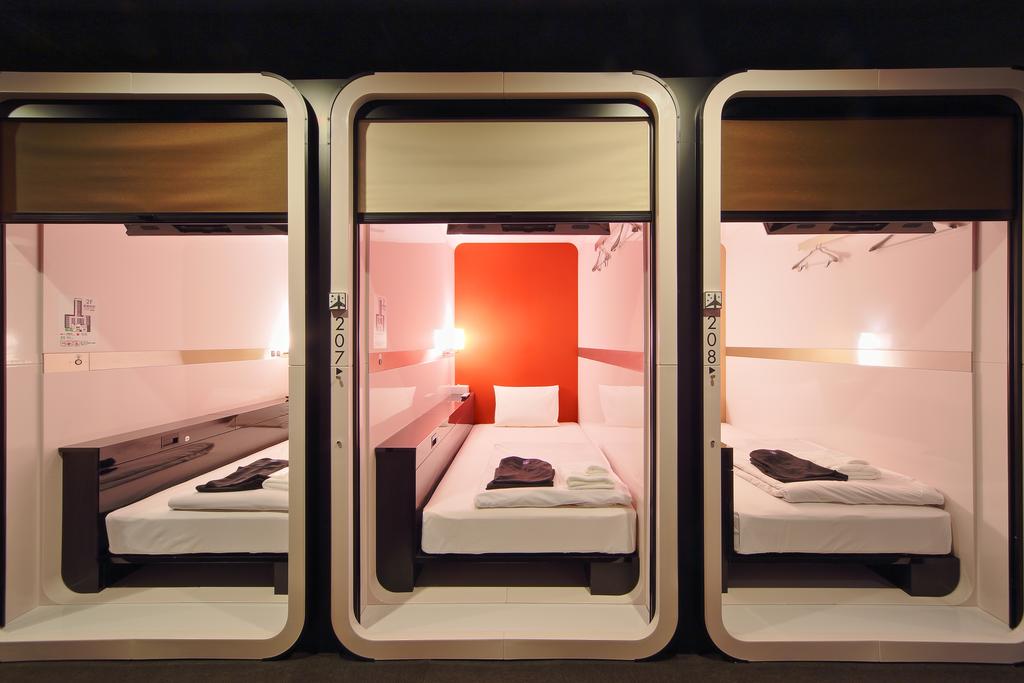
In this trip I stayed at both hotel and hostel, but most worth mentioning probably are the two largest hostel systems in Japan are First Cabin and 9Hours. These are hostel chains that are worth learning from architecture to how to manage and operate.

First Cabin, I stayed 1 night in Osaka and 1 night at Kansai airport. And 9Hours, stay 3 nights in Takebashi – Tokyo. Can compare a bit about these two systems as follows:
Similar:
- These are 2 hostel systems with a wide network throughout Japan, especially in big cities like Osaka and Tokyo, from the center to the suburbs. Beautiful design from the campus to each dorm.
- Amenities are super complete, equipped no less than 5-star hotels. You will not have to bring anything from home when you are here, because they are equipped with towels, shampoo, shampoo, dryer, comb, … and all day wear clothes (forgot I still have to bring underwear ^^).
Different:
- First Cabin excels at dorm. The sleeping area is much more spacious, equipped with a television in the bedroom and fairly spacious shared bath (onsen type but not onsen ^_^).
- 9Hours seems to maximize profits by building a dense dorm system, 2 layers on a floor. But 9Hours has a more unique management style, each guest will have a separate closet located in the Rest Room. Everything from guests’ luggage is stored here, you only bring in the dorm what is needed because the dorm doesn’t have a proper lock. if compares with First Cabin is a bit inconvenient because luggage is not 100% safe, despite having a locker in the bedroom.
































![10 best airports in Asia in 2016 [RANKED] kuala-lumpur-international-airport-best airports in asia in 2016 by skytrax ratings](https://livingnomads.com/wp-content/uploads/2016/08/29/kuala-lumpur-international-airport-best-airports-in-asia-in-2016-by-skytrax-ratings-218x150.jpg)






















